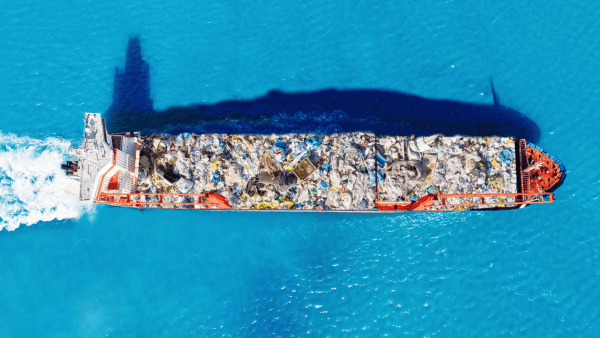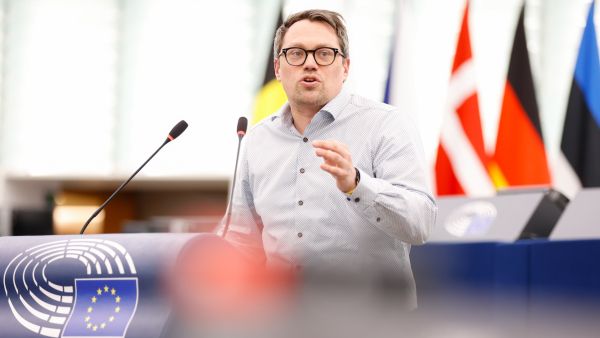When HIV / AIDS developed into a pandemic in the 1980s, the World Health Organisation (WHO) launched World AIDS Day on December 1st. The red ribbon, which is so often seen in the streets today, symbolizes solidarity with those affected, grief for the deceased, and is intended to sharpen individual risk awareness.
Norbert Neuser, S&D coordinator of the development committee, said:
“The share of the global HIV-burden is very unequal. While the infection rate in Europe is generally around 0.1 to 0.2 percent, one in three people in Swaziland is infected with HIV. 70 percent of the 37 million people affected worldwide live in sub-Saharan Africa. According to the WHO, around 14.9 million people worldwide have access to antiretroviral drugs worldwide. This is less than half of the 37 million infected people. Especially in developing countries, where health care systems are often not available, medicines, if at all, are often only offered in vertical programs. However, it would improve the overall health situation of countries if treatment in regular and comprehensive health care facilities would be available for all in need.”
Linda McAvan, S&D chair of the development committee, said:
“With the Agenda 2030, the UN has set the goal of reducing the number of new infections to an extent that the disease loses its horror as an epidemic, and also that the number of cases decreases globally. UNAIDS even speaks of 'zero new infections'. However, we also have to address the needs of those affected: Our aim should be to ensure that all HIV-infected people worldwide have access to treatment within national health care systems. Furthermore, we have to take into account that 60 percent of the infected people are women, who are more often victims of discrimination, and even violence, due to their situation. Once again, this shows the importance of fighting for sexual and reproductive health and rights.
Miriam Dalli, S&D coordinator of the environment and public health committee added:
"The latest figures on HIV show that 2015 recorded the highest number of new cases in one year since reporting began in the 1980s. The cumulative figure for the European Region has now hit over 2 million, with 153,000 new cases reported in 2015 alone*. The 7% increase from the previous year shows that although significant efforts are being made - this is not enough. Together with all relevant stakeholders in the region, we must work on strengthening and implementing the WHO action plan agreed upon by countries within the European Region in September 2016 to effectively tackle this critical situation and promote greater efforts for HIV testing and care. This should also be taken into account when reviewing the EU's action plan on HIV/AIDS, which ends this year."
Related content
Find out more







